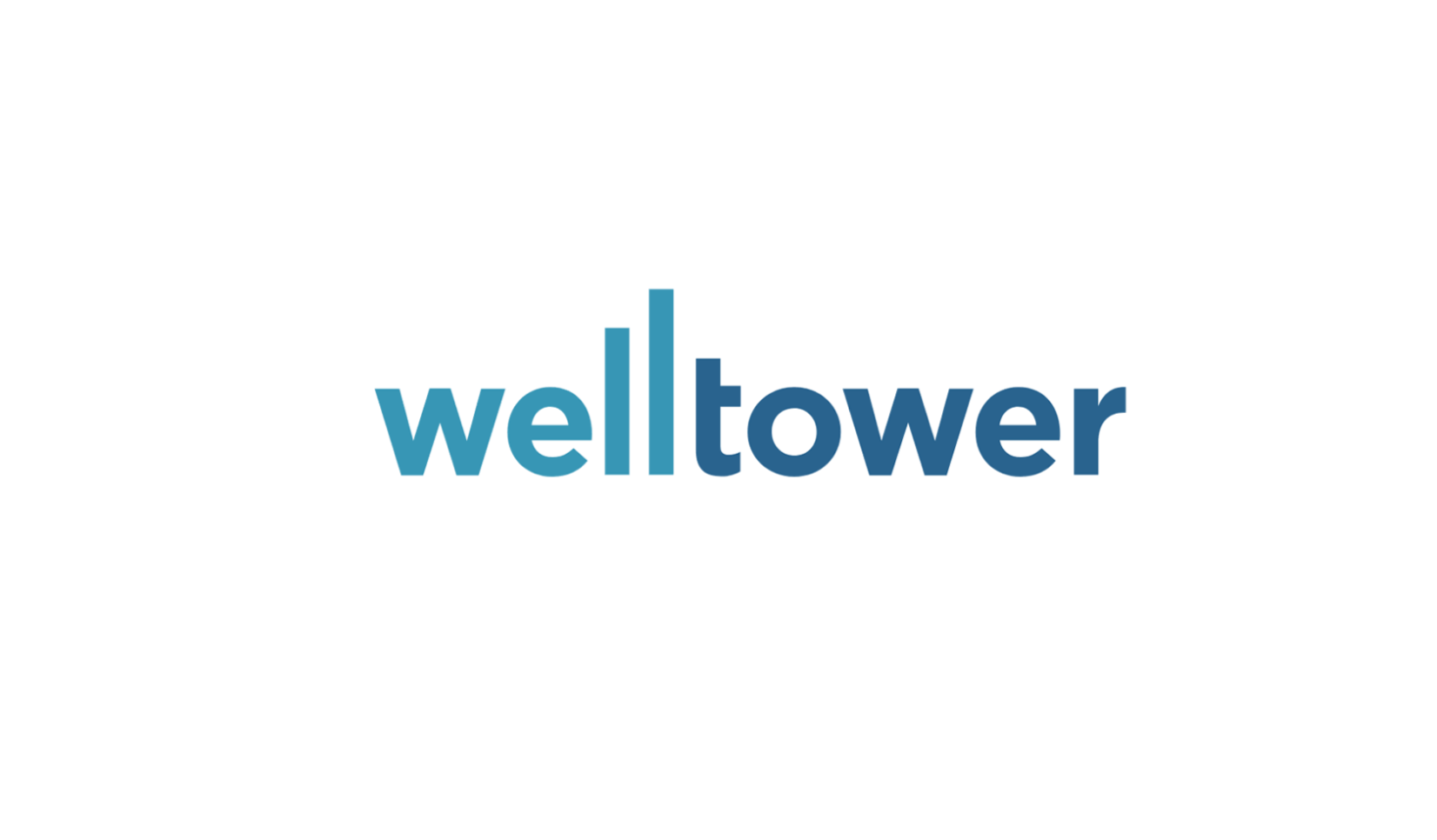
Welltower Reduces Dividend 30%, Adopts Buyback Plan
Welltower (WELL) reported earnings after the market closed today and announced plans to reduce its dividend by 30%:
The financial headwinds resulting from the pandemic will create significant pressure on our near-term cash flow, leading to the difficult, but prudent decision to reduce our quarterly dividend to 70% of pre-COVID levels.
Based on WELL's closing price, the stock's new forward yield is 5.4%.
As we discussed in our note yesterday when we downgraded Welltower's Dividend Safety Score to Borderline Safe, it wasn't clear how management might respond to the headwinds facing the business:
The company has the balance sheet and liquidity to maintain its dividend during this period, but management may choose not to without more clarity on the depth and duration of these coronavirus-related headwinds.
As of May 4, Welltower had $4 billion of near term liquidity, including about $350 million of cash on hand.
Besides the dividend, its only commitments the rest of the year were $460 million of development spending and $125 million of secured debt maturities.
As you can see below, the company also ended the quarter with plenty of headroom to continue complying with its debt covenants.

The dividend reduction saves $110 million per quarter.
Those savings don't move the needle much in terms of Welltower's overall liquidity, but management probably feels more comfortable having the dividend better aligned with cash flow going forward given how low visibility is today.
Prior to the pandemic, Welltower's adjusted funds from operations (similar to free cash flow for REITs but excludes growth capex) was projected to be about $1.5 billion this year, covering the company's $1.4 billion dividend.
The company's new dividend will cost a little under $1 billion annually and could now be covered even if Welltower's adjusted funds from operations comes in about 33% lower than its pre-pandemic projection.
Turning to the results, Welltower said that its senior housing operating properties (43% of net operating income) saw move-ins decline 73% in April. Occupancy fell from 85.1% at the end of March to 82.7% as of May 1.
As more of its senior housing communities operate under comprehensive move-in restrictions, Welltower projects its occupancy could fall to around 79% to 80% by the end of June.
For perspective, the senior housing industry has never seen occupancy dip below 80%. These are truly unprecedented times.
Expenses are also rising, driven by higher labor costs. Management expects labor expenses to remain elevated through May and June as a result of hazard pay.
Although 72% of its senior housing communities reported no confirmed COVID-19 cases, move-in restrictions, extra cleaning, and other precautionary measures are prudent actions to take across most of its properties.
Welltower anticipates "material" margin erosion in this business through the second quarter due to occupancy loss and elevated expenses.
Turning to the triple net portfolio (36% of net operating income), Welltower collected 97% of April rent.
However, management expects "near-term pressure on coverage ratios" within its senior housing portfolio (20% of net operating income) as its tenants face many of the same challenges. Rent collection could be more challenging going forward.

The company is not required to purchase shares but has the balance sheet to be opportunistic if management gains conviction in a demand recovery and believes WELL's shares are undervalued.
Overall, Welltower's dividend cut signals that management is not optimistic about a quick recovery for the senior housing industry's fundamentals. Occupancy will be lower and costs will be higher for the foreseeable future.
Shares will continue to have a relatively high yield going forward with a dividend that is more likely to remain covered by cash flow.
However, the issues weighing on the industry probably won't be resolved quickly. Confidence in communal living has been shaken, and some of these higher virus-related costs could represent the new norm.
Investors who decide to maintain their positions should be prepared for a long road ahead.

